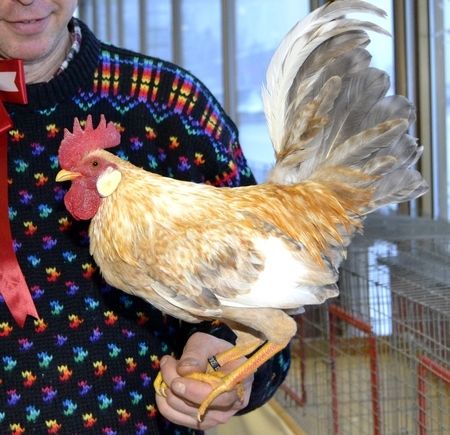I am Norwegain - so of course when it came time to pick out breeds we bought a Norwegian Jaerhon.
But what I don't know is - how good of an egg layer are they?
All I know is that their eggs are white....
Anybody have one that can tell me?
We live in Wisconsin - I figure a Norwegian chicken should be able to handle Wisconsin winters!!!
Thanks!!
Solvei
But what I don't know is - how good of an egg layer are they?
All I know is that their eggs are white....
Anybody have one that can tell me?
We live in Wisconsin - I figure a Norwegian chicken should be able to handle Wisconsin winters!!!
Thanks!!
Solvei



